年代: 盛唐
石窟信息: 莫高窟112窟南壁
舞姿描述: 丰腴饱满,雍容华贵的舞者,点脚吸腿翘趾,出胯旋身“反弹琵琶”,亦奏亦舞。
Motion Capture Parameters:
File size: 201 KB
File duration: 10 s
Frame Count: 124
Collaborator: Beijing Dance Academy
One of the most significant cultural heritage sites in the world, Dunhuang preserves more than 400
embellished Buddhist cave shrines dating from the fifth century to the fourteenth century. Covered with
murals and sculptures, these cave shrines enclose visitors with an imaginary landscape of Buddhist legends
and paradises. Standing out from the rich visual culture of the Dunhuang caves, the scenes of celestial
dance performances in Buddhist paradises are widely acclaimed as the most representative of artistic
achievements at Dunhuang. The dance of apsaras (heavenly performers and musicians) not only expresses the
ecstatic state of being in the Buddhist pure lands but is also a manifestation of the Buddhist ideal of the
formless body and a demonstration of the ultimately illusory nature of all things, including the visions of
the blissful pure lands.
Using thousands of Dunhuang depictions of dancers to train a machine-learning model, the project breathes new life into static dance paintings as it reconstructs and animates their movement sequences. Moreover, combined with other digital tools, the machine-learning model is used to decipher the manuscripts of ancient dance notations excavated from Dunhuang.
Flowering from the diverse body of research of this interdisciplinary project, Cave Dance manifests as a set of digital installations that elucidate the multifold culture of dance in Buddhist cave shrines. In collaboration with professional dancers, the project stages a series of performances that integrate both human and machine-generated movements. The exhibition not only immerses the audiences in a dynamic world of celestial dance, but also leads them into the deeper cultural dimension of Buddhist dance to contemplate on the issues of body, life, and spiritual transcendence embodied by the celestial dance in the cave.
Born from CAMLab’s largest project team, Cave Dance brings together art historians, A.I. scientists, mathematicians, musicologists, choreographers, Buddhist scholars, architects, and digital artists in a joint effort to bring the ancient Buddhist dance culture to life.
Based upon multi-year interdisciplinary research on the Buddhist culture of dance in Dunhuang, the Cave
Dance project harnesses the power of artificial intelligence to bring new insights into the ancient
dance
forms captured in the cave murals.
Using thousands of Dunhuang depictions of dancers to train a machine-learning model, the project breathes new life into static dance paintings as it reconstructs and animates their movement sequences. Moreover, combined with other digital tools, the machine-learning model is used to decipher the manuscripts of ancient dance notations excavated from Dunhuang.
Flowering from the diverse body of research of this interdisciplinary project, Cave Dance manifests as a set of digital installations that elucidate the multifold culture of dance in Buddhist cave shrines. In collaboration with professional dancers, the project stages a series of performances that integrate both human and machine-generated movements. The exhibition not only immerses the audiences in a dynamic world of celestial dance, but also leads them into the deeper cultural dimension of Buddhist dance to contemplate on the issues of body, life, and spiritual transcendence embodied by the celestial dance in the cave.
Born from CAMLab’s largest project team, Cave Dance brings together art historians, A.I. scientists, mathematicians, musicologists, choreographers, Buddhist scholars, architects, and digital artists in a joint effort to bring the ancient Buddhist dance culture to life.



